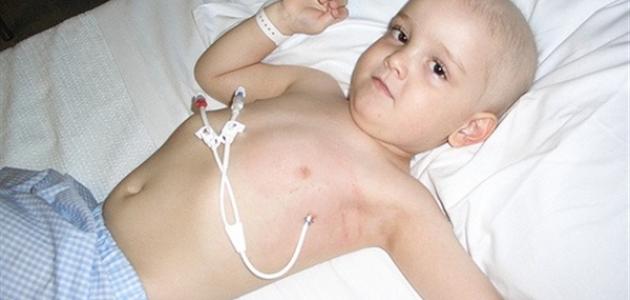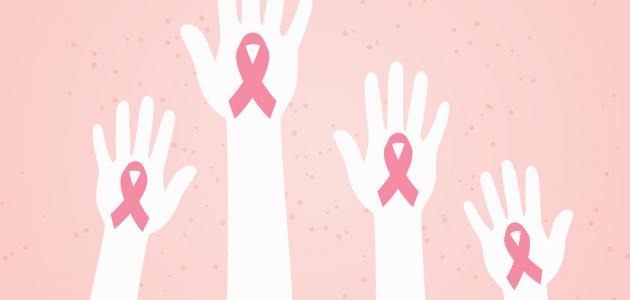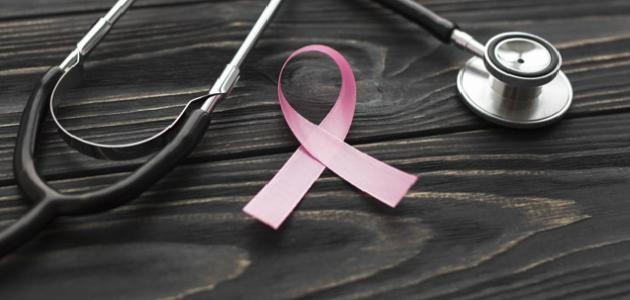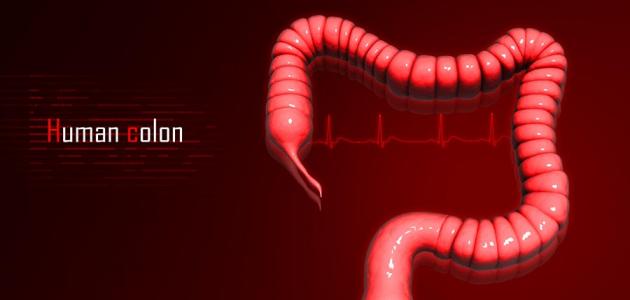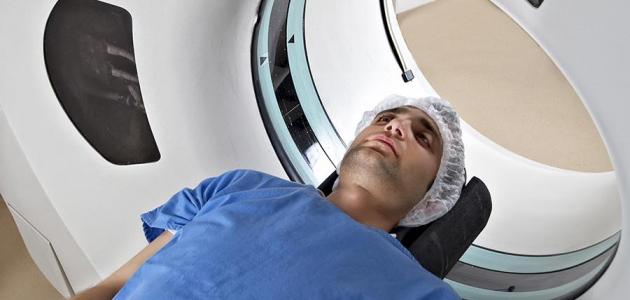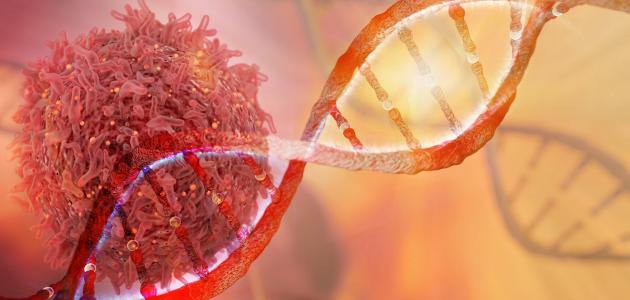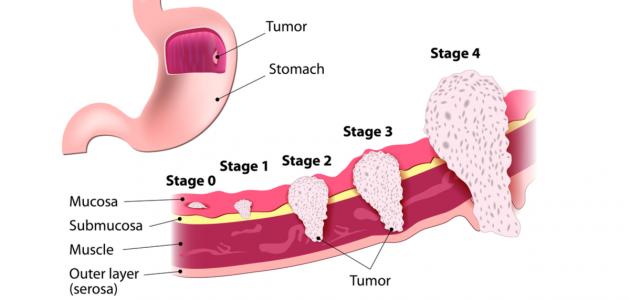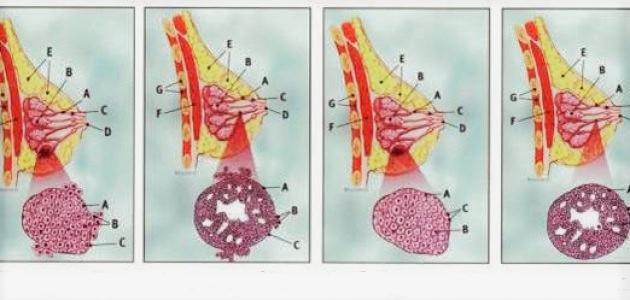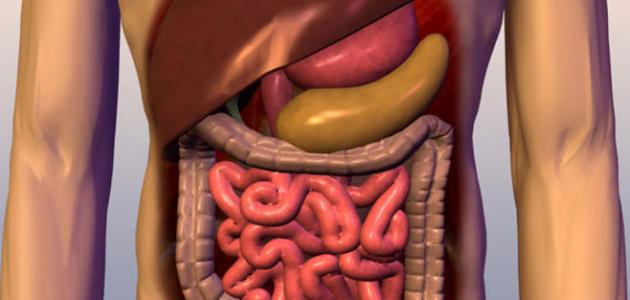Contents
Leukemia in children
It is the most common type of cancer that affects children, as it affects blood cells and bone marrow, which affects the blood cells produced, which leads to many symptoms, including: increased fatigue as a result of anemia, bleeding, and the appearance of some bruises that take a long time For blood clotting, increased incidence of immune infections, weak immunity, loss of appetite, and thus weight loss, in addition to swollen lymph nodes in the neck, and in this article we will introduce you to its types, causes, and treatment.
Types of leukemia in children
Acute leukemia
This type worsens very quickly, which increases the risk of life, as it increases the production of immature white blood cells that enter the bloodstream, which do not perform their function in fighting germs, which increases the weakness of the body, and the following types:
- Acute lymphocytic leukemia.
- Acute myeloid leukemia.
Chronic leukemia
This type progresses slowly, and its symptoms are delayed in appearance, and it is usually diagnosed through a routine examination, and its types are:
- Chronic lymphocytic leukemia.
- Chronic myelogenous leukemia.
Diagnosis of leukemia in children
- Complete blood test.
- Liver function test.
- Kidney function test.
- Uric acid level test.
- Examine a sample of blood under a microscope.
- Taking a sample from the bone marrow to determine the type of leukemia.
- A lumbar puncture test to look for cancer cells in the spinal fluid.
- Cytogenetic examination, to check the chromosomes in the blood cells, bone marrow, or lymph nodes, to determine the presence of any hereditary problems.
Treatment of leukemia in children
Acute lymphocytic leukemia
Treatment of acute lymphocytic leukemia can be cured by treating it in three stages, namely: the initial treatment that lasts for five weeks, where the patient receives chemotherapy, so this stage is considered one of the most difficult stages of treatment, and then the transition to the second stage of treatment, which is: Intensive treatment, which depends on four doses of chemotherapy, then switching to enhanced treatment that depends on oral chemotherapy, in addition to some types of intravenous drugs, and bone marrow transplantation may be done in some cases.
Acute myelogenous leukemia
Acute myeloid leukemia is treated with a bone marrow transplant or chemotherapy, and it is possible to reach a recovery stage after a bone marrow transplant.
Chronic myelogenous leukemia
Chronic myeloid leukemia is treated with bone marrow or stem cells transplantation, in addition to chemotherapy, and this treatment aims to eliminate blood cells that contain the abnormal genes.
Chronic lymphocytic leukemia
Chronic lymphocytic leukemia is treated by radiotherapy, chemotherapy, and targeted therapies that affect cancer cells.
